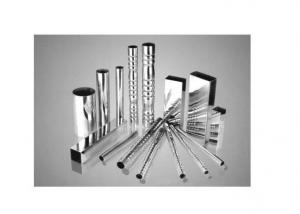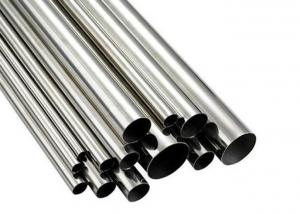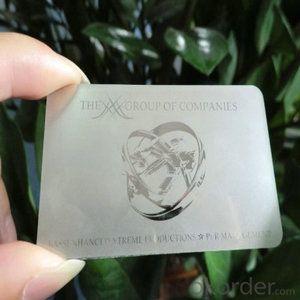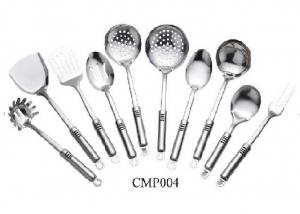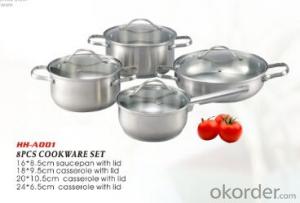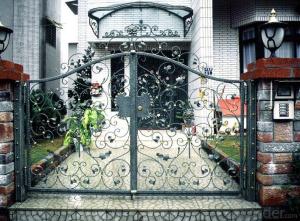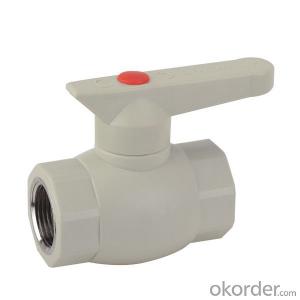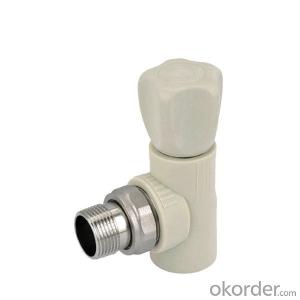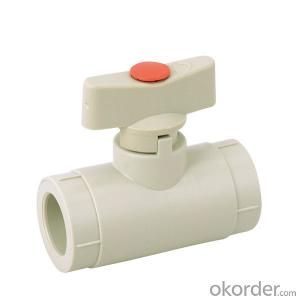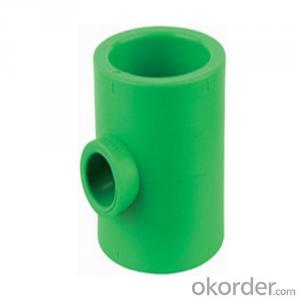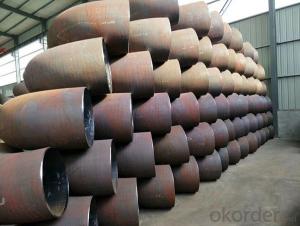Stainless Steel Stainless
Stainless Steel Stainless Related Searches
Metal Stainless Steel Metals Stainless Steel Stainless Steel Neckless Material Stainless Steel Stainless Steel Metals Fingerprintless Stainless Steel Blender Stainless Steel 4 Stainless Steel Chain Stainless Steel Stainless Steel S Kitchen Stainless Steel Materials Stainless Steel Stainless Steel Hardware Refrigerators Stainless Steel Inox Stainless Steel Solder Stainless Steel Stainless Steel Plates Satin Stainless Steel Stainless Steel Silver Canisters Stainless Steel German Stainless Steel Thermos Stainless Steel Stainless Steel Cuisinart Stainless Steel Jewellery Stainless Steel Iron Chains Stainless Steel Vinegar Stainless Steel Stainless Steel Jewelery Color Stainless Steel Magnet Stainless SteelStainless Steel Stainless Supplier & Manufacturer from China
Stainless Steel Stainless, also known as stainless steel, is a versatile and durable material that encompasses a wide range of products such as sheets, pipes, tubes, and bars. These products are known for their corrosion resistance, strength, and ability to maintain their appearance over time, making them ideal for various applications. The usage scenarios for stainless steel products are extensive, including construction, automotive, aerospace, and household appliances. They are particularly favored for their ability to withstand harsh environments and maintain functionality in both high and low temperatures.Stainless steel products are widely used in the manufacturing industry due to their numerous benefits. For instance, they offer excellent resistance to rust and staining, which makes them suitable for outdoor applications and areas with high humidity. Additionally, their high strength and durability make them ideal for structural components and load-bearing applications. Okorder.com is a leading wholesale supplier of stainless steel products, boasting a vast inventory that caters to the diverse needs of various industries. The company's commitment to quality and customer satisfaction ensures that clients receive top-notch stainless steel products at competitive prices.
Hot Products













